





12 reasons of the lowered body temperature
Each person knows that fervescence is an illness sign. However too low temperature (hypothermia), especially also can demonstrate existence of diseases when it is observed long enough. Such state is dangerous that it, unlike fever, does not give a serious inconvenience: patients usually complain only of weakness, drowsiness, apathy. Sometimes the fever and a cryesthesia in extremities joins. Many people at similar symptoms do not see doctors, including them a consequence of the collected fatigue at all. Nevertheless, medical intervention is necessary here.
Lowered is considered body temperature less than 35,8 °C. To establish the factors which caused it without careful inspection by time can be difficult, but most often such state is caused by the reasons with which we will acquaint you.
1. Low hemoglobin
The lack of hemoglobin caused by deficit of iron in an organism it becomes frequent the reason of fall of temperature of a body and emergence of the accompanying symptoms (bystry fatigue, loss of vitality and appetite, decrease in intellectual activity, etc.). If such phenomena arise regularly, it is necessary to address the therapist and to ask to appoint a blood analysis.
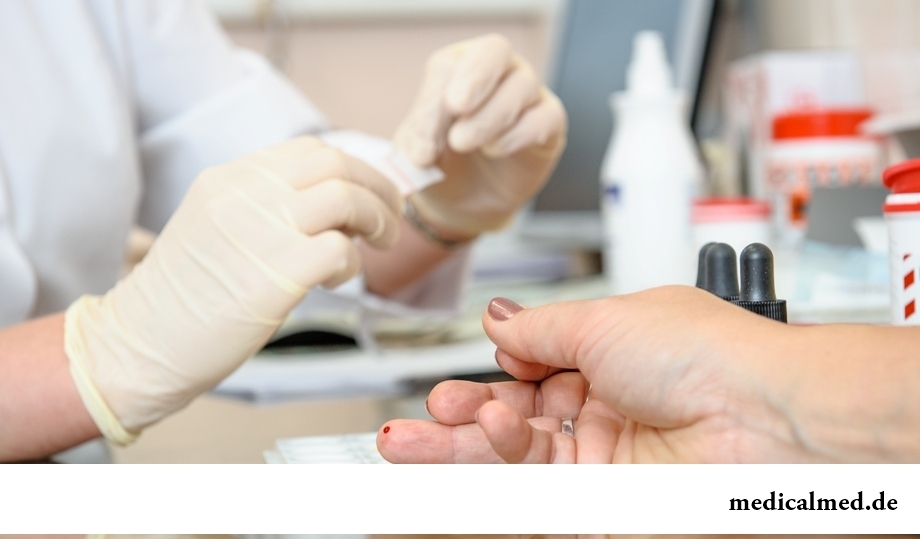
2. Internal bleeding
Damage or increase in permeability of walls of vessels owing to an injury, growths of a tumor, disbolism, etc. can be the cause of development of internal bleeding. Chronic process has no active external manifestations, and the loss of blood affects only overall health. Fall of temperature of a body can be one of symptoms. This dangerous state demanding immediate medical care.

3. Pregnancy
Sharp fluctuations of a hormonal background can provoke development of a hypothermia. At the pregnancy proceeding without pathologies, temperature is returned to normal level as the organism of the woman adapts to a new state.

4. Problems with vessels
Sometimes fall of temperature of a body arises periodically and is followed by such phenomena as a headache, dizziness, nausea, intolerance of bright light or loud sounds. This complex of symptoms is characteristic of vascular dystonia. Unpleasant feelings arise against the background of sharp short-term vasodilatation.
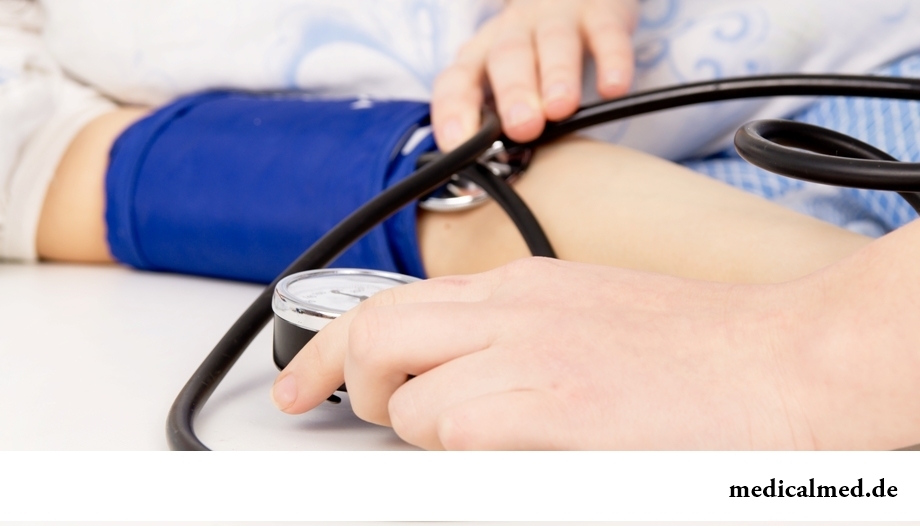
5. Diabetes
At the people having diabetes the glucose oxidation mechanism – the main source of energy is broken. At the beginning of pathological process constant thirst, the strengthened urination, feeling of numbness of extremities, increase in body weight and fluctuation of temperature is observed (including its frequent or permanent decrease).

6. Pathologies of adrenal glands
Decrease in body temperature is connected with disturbances of work of bark of adrenal glands at which there is a deficit of cortisol, Aldosteronum and androgenic hormones. The state is shown also by hypotonia, tachycardia, arrhythmia, appetite loss, disturbance of swallowing and frequent differences of mood (irascibility, irritability).
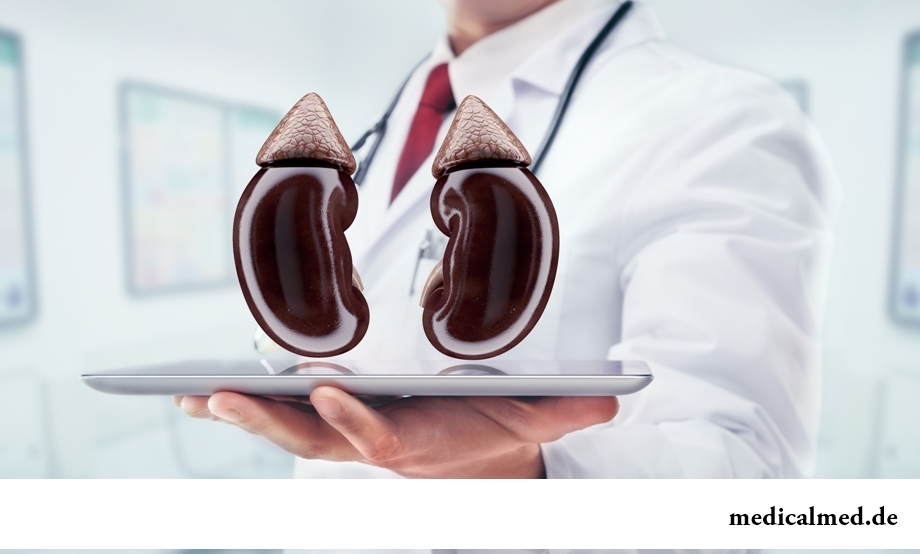
7. Brain tumors
The center which is responsible for maintenance of constant temperature in an organism is in a hypothalamus. The new growth (malignant or high-quality) which arose in this zone breaks regulations of processes of heat exchange. The patients having brain tumors along with headaches and dizzinesses often complain of a fever and a cryesthesia in extremities.

8. Asthenic syndrome
Deficit of oxygen in tissues of a human body is a proximate cause of an adynamy. At the same time processes of oxidation and receiving are slowed down by an energy organism. At the people suffering from an asthenic syndrome an asthma, blanching of integuments, disturbances of balance and sight ("front sight" before eyes), apathy are observed.

9. Damages of skin
The hypothermia is quite often observed at the patients having dermatitis, psoriasis or such severe damages of skin as an ichthyosis.

10. SARS
It is accepted to associate with seasonal viral infections the increased body temperature, but it not always so. Heat is usually observed in the first days of a disease, but during recovery of many patients the weakness and a hypothermia (in the mornings temperature does not rise higher than 36 degrees) connected with recently postponed stress and temporary decrease in protective forces of an organism torments.

11. Intoxication
Low body temperature sometimes arises owing to poisoning with chemicals, food stuffs (for example, mushrooms) or medicines. It is explained by the oppression of the vital functions (breath, cordial activity, etc.) caused by intoxication. Similarly the organism can react also to alcohol overdose.

12. Overcooling
Long stay on a frost or in the rain causes the strong fall of temperature of a body which is followed by a persuasive fever and pallor of integuments. If the victim manages to be warmed quickly, unpleasant symptoms disappear. It, however, does not mean that the person does not need medical care: overcooling can have very unpleasant effects for health including remote.
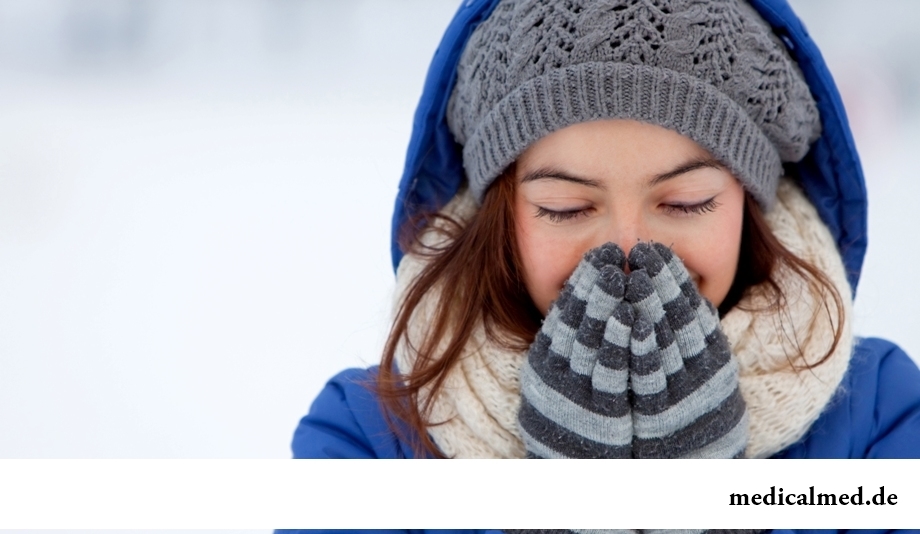
Hypothermia – the alarming sign demanding full inspection. It is necessary to take this symptom seriously, at all not to self-medicate and in time to address specialists.
During sneezing our organism completely stops working. Even heart stops.

Since the moment when the child becomes a school student, his sight begins to be exposed to the strengthened loadings which are supplemented viewing...
Section: Articles about health
Good appetite was always considered as a sign of good health. The correct operation of the mechanism which is responsible for the need for nutrients and receiving pleasure from process of its satisfaction demonstrates that the organism functions without special from...
Section: Articles about health
Sooner or later hair turn gray at all. Many people try to hide these changes, returning natural color of the hair by means of coloring, or considerably changing it for the purpose of creation of absolutely new image. All know that the gray hair is a sign of the coming old age, so, it is necessary to get rid of it....
Section: Articles about health
The endocrine system carries out in a human body extremely important role, practically all processes of life activity регулируютс...
Section: Articles about health
Iodine - one of thirty most important microelements in our organism. The main role of iodine consists in synthesis of thyroid hormones of a thyroid gland - the substances which are responsible for the majority of exchange processes of an organism. It is known that thyroid hormones consist...
Section: Articles about health
Modern footwear is extremely various. It stopped being only protection for legs long ago. Today shoes, boots, barefoot persons choose not so much proceeding from their convenience and functionality how many being guided by outward, brand and an opportunity to add with them a stylish dress. At the same time, buying footwear, think of its safety a little. Meanwhile, many popular models can do essential harm to health....
Section: Articles about health
The cosmetics intended for improvement of a condition of skin, nails and hair are used by each woman. Expenses on регуля...
Section: Articles about health
Cold – a state known to everyone which is followed by cold, cough, high temperature, a pharyngalgia. Often the first that we begin to do in hope again to become healthy – to accept medicines which are not always harmless, then...
Section: Articles about health
Dietary supplements (dietary supplements) for the last decades were so thoroughly included into our life that, apparently, it is already impossible to find the person who at least once did not try them. At the same time, most of our compatriots have a vague idea of what dietary supplements as they affect a human body consist of and what differ from the real medicines in. Let's try to understand these questions, and at the same time and to understand, such additives are how necessary for us....
Section: Articles about health
At this plant there are a lot of names: tuberiferous sunflower, Jerusalem artichoke, solar root, earth pear. Contrary to spread...
Section: Articles about health
Sugar - the digestible refined product which is not of special value for an organism of the modern person. The use of sugar in food is based rather on the psychological dependence caused by desire to indulge itself with something tasty, and in дальнейш...
Section: Articles about health
Each woman has preferences in the field of use of those goods which help us to look good, feel young and effective. Besides: selection process of favourite perfume, shampoo or decorative cosmetics already lightens the mood and serves as a peculiar stress medicine. Happens very offensively when the acquired perfumery and cosmetic products not only do not meet our expectations, but also becomes the reason of problems with health. Sources неприятн...
Section: Articles about health
One of the useful properties presented to the person by the nature is ability to feel fear. This ability is called a signal...
Section: Articles about health
The Genetically Modified Organisms (GMO) are plants or animals (as a rule, agricultural) to whose genotype purposeful changes were made. Opposition of supporters and opponents of inclusion of such organisms in foodstuff всег...
Section: Articles about health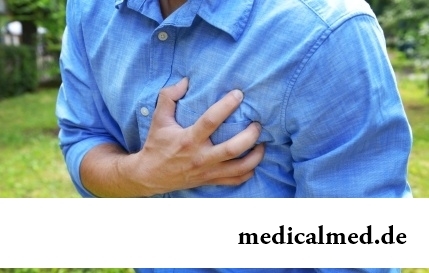
For the time being the perspective of heart diseases seems to most of people remote and foggy. But sooner or later practically each adult faces extremely unpleasant feelings: sudden stethalgia. To be consoled at this time in a thought of what for a heart attack still early, will hardly turn out: if the person is impressionable, he, as a rule, has feeling of panic and fear of fast death. And meanwhile, it is very often possible to confuse pains with cardiac pains невралгическог...
Section: Articles about health
EKO, or extracorporal fertilization - a method of treatment of infertility which became the reason of a set broken mines in due time...
Section: Articles about health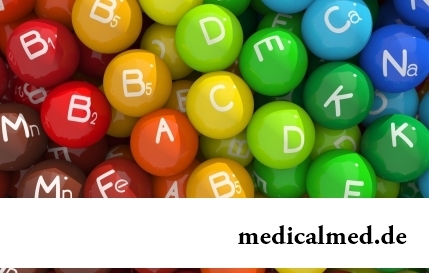
Vitamin complexes belong to the most popular drugs, probably, in our country there is no person who was not hearing about advantage of vitamins and never their accepting. The more vitamins, the better, we consider and as it appeared, cruelly we are mistaken. So l...
Section: Articles about health
Residents of big cities quite often have a disease which is known as the syndrome of chronic fatigue (SCF) today. This illness affects the people belonging to various social and demographic groups and living on all continents. Most of all SHU are subject women aged from 25 up to 45 years. Statistically, the number of cases fluctuates in the different countries from 10 to 37 people on 100 thousand, but specialists believe that these figures are significantly underestimated as people, страдающ...
Section: Articles about health
History of mankind contains several tens of epidemics whose emergence was compared by eyewitnesses and historians to doomsday. With...
Section: Articles about health
Each of us repeatedly noticed that the people having the same passport age are sometimes not similar on one-years at all. One at the age of 40-45 years already looks almost an old man, and another and in 60 is young, vigorous and full of life. The matter is that state нашег...
Section: Articles about health
All know that self-treatment is dangerous. However absolutely it is almost impossible to do without it. Rate of modern life does not allow to handle each small trouble to the doctor and information on ways of independent delivery of health care is quite available. Means, all of us have only one: to learn to give this help competently and in those limits in which it is possible for the person who does not have vocational education....
Section: Articles about health
For anybody not a secret that the modern person eats not as his ancestors. For the last 100 years in broad access appeared with...
Section: Articles about health
The trophic ulcer is not an independent disease. This heavy complication arising owing to a thermal injury (a burn or a frostbite), chronic pathologies of arteries or veins of the lower extremities, a diabetes mellitus, and also some defeats of a soyeda...
Section: Articles about health
Diapers for adults – individual one-time means of hygiene which in some situations is irreplaceable and from such situations any person is not insured. Though nobody perceives need of their use with enthusiasm, however without such means already problematic situation could be heavier....
Section: Articles about health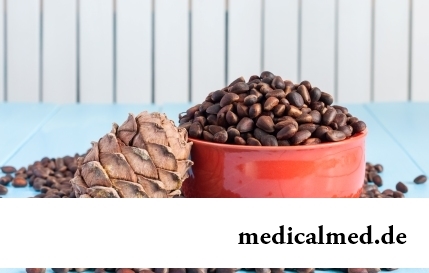
The hysteromyoma is diagnosed more than at a third of women 35 years are more senior. This high-quality new growth, which on early a stage...
Section: Articles about health
The state of health of the person in many respects depends on chemical composition of biological liquids of an organism. Specialists consider that PH value of these solutions has to be in range of 7,35-7, 45. A deviation in the smaller party (so-called "acidulation") to a chra...
Section: Articles about health
Any of us is not insured from a heavy illness of the loved one. Happens and so that someone from family members becomes the bed patient, and remains in such state for a long time. It extremely suppresses both the most injured, and all its house which life considerably changes....
Section: Articles about health
